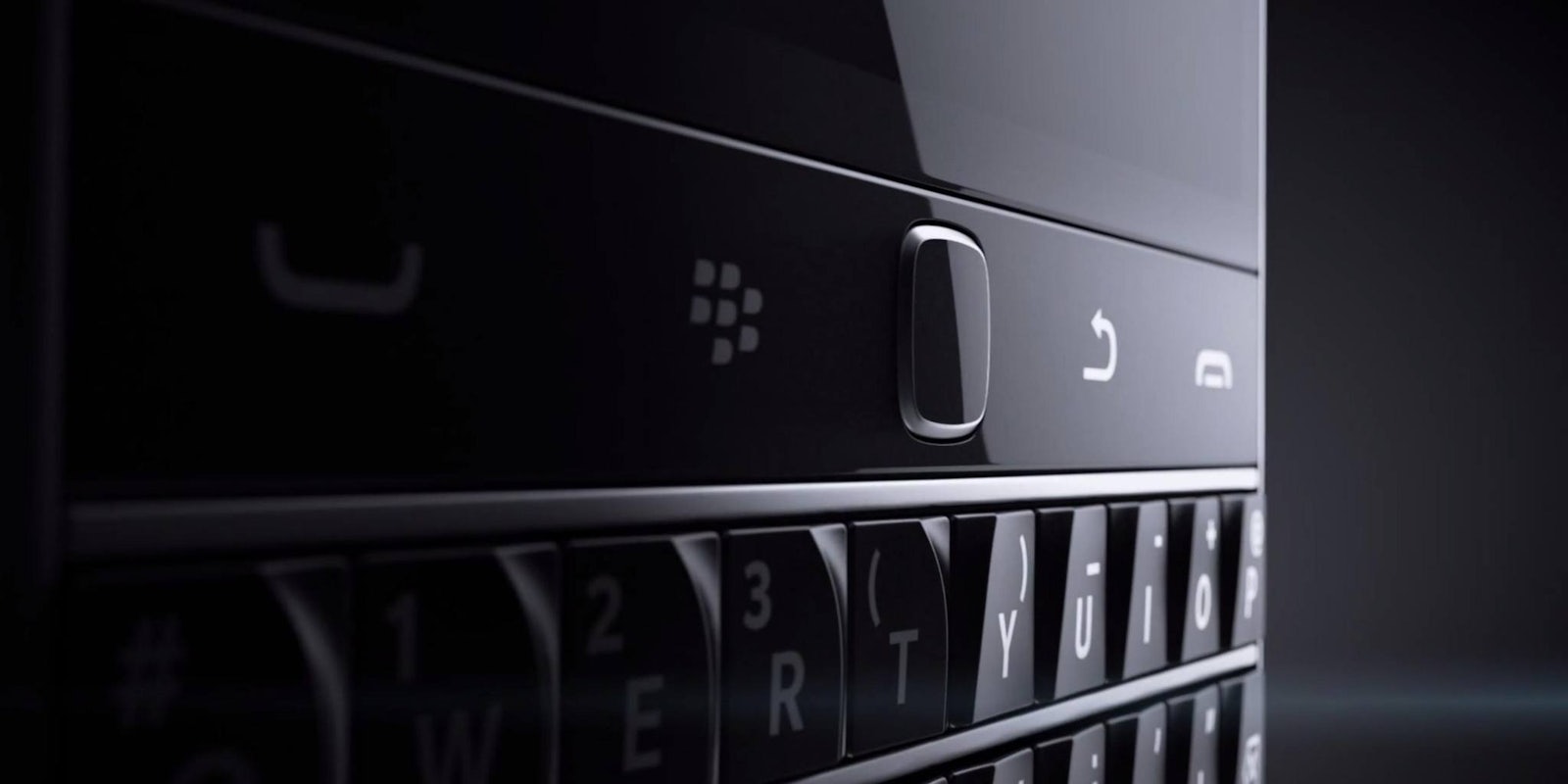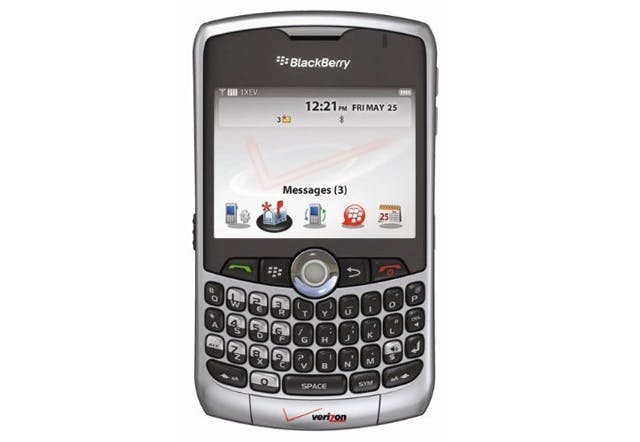When Apple launched the iPhone in 2007 I owned a BlackBerry Curve. I remember thinking that it looked pretty cool but I wasn’t immediately blown away the way some people seemed to be. To me, my BlackBerry was close to being the absolute perfect smartphone. Today, BlackBerry revealed the Classic, a phone that is designed to make me—and everyone who owned a BlackBerry before the touchscreen revolution—remember how much we loved them.
And it seems to be working.
Ahead of the Curve
I loved my Curve 8330 because I could do all kinds of computer-level tasks on it that I had never dreamed of doing on my previous devices. In fact, I give that old phone a good bit of credit for helping me land some of my first writing gigs, as it allowed me to manage my resumé wherever I happened to be and keep in constant contact with anyone who might want to hire me. I read some of my first editorial job offers on the Curve’s 320×240 pixel display, replied to them using one of the best mobile keyboards ever made, and wasted a whole lot of time playing Brick Breaker during “bathroom breaks” at my office job.
If I sound a bit like a fanboy that’s because I suppose I was. Really, everyone was at the time—you either had a BlackBerry or you wanted one, and there were very few exceptions. Of course, the iPhone brand, Android, and touchscreen devices took a lot of wind out of the company’s sails (and sales), and it wasn’t long before RIM (what BlackBerry once called itself) fell into the confused, awkward state that it has remained in ever since.
Sticking to your guns
BlackBerry’s phones were never designed to have mass market appeal. They were always, first and foremost, business devices. At the time, most everyday phone users didn’t really have a need for a full keyboard and a wealth of high-cost features. Social media did a lot to change that, and as people’s digital lives became as important as their real ones the desire for a powerful mobile device led people to see a BlackBerry as a status symbol—a sign that you had a lot going on.
The company was, as you might imagine, quite happy with the way things turned out by the mid 2000s, but like a small town kid getting a taste of Hollywood fame, it didn’t seem very well equipped to handle it. Improvements on its most beloved products, like the Curve, came slowly, as though the people making those decisions were absolutely terrified of making a mistake.
Instead, any creativity the company had was spent—more like wasted—on ill-conceived attempts to create something that looked or sounded “cool.” Once the iPhone launched and Android began to truly compete with Apple for the smartphone crown, BlackBerry decided it wanted to play the same game. Completely overmatched and absolutely missing the entire point of why people liked the iPhone, the company launched the touchscreen-equipped Storm. The Storm2 followed less than a year later, but neither had any staying power.
In 2010, while devices like the Retina-equipped iPhone 4, Motorola Droid X, and HTC Evo 4G were snatching headlines, BlackBerry released the Style—a flip phone that looked like it would have been more at home in wireless shops in 2006. Nobody had any idea what direction the company actually wanted to take with its devices, and this didn’t do BlackBerry’s bottom line any favors.
The new phones weren’t horrible in terms of performance or build quality, but at a time when other companies were redefining what a smartphone could be, BlackBerry’s complete lack of direction was seen more as a white flag of surrender than a push to return to prominence. Despite continuing the Curve line and introducing other qwerty-equipped devices, BlackBerry became a punchline.
The Bold, which I consider to be one of the few things BlackBerry did absolutely right, fell victim to the same slow evolution as the Curve, with its only impressive update coming three years after the launch of the original. That change brought with it a higher resolution display, touchscreen input, and a variety of light and motion sensors. The line was eventually killed off entirely, which isn’t surprising as BlackBerry repeatedly failed to give consumers a reason to upgrade.
The Classic
The BlackBerry Classic is, by all accounts, a worthy successor to the Curve, Bold, and other beloved qwerty smartphones of yesterday. It’s gorgeous from any angle and looks like a phone I’d want to play with and hold for hours, just like I did with my beloved 8330 so many years ago. It can utilize both BlackBerry and Android apps, and its battery is designed to last a very, very long time.
It’s the phone the Curve and Bold should have evolved into but never got the chance.
The Classic is BlackBerry’s equivalent of Apple’s iPhone 6. It’s the logical progression of a product that everyone clearly loved, but instead of continuing the existing brands—building customer loyalty and creating hype around each new update—BlackBerry psyched itself out and only now seems to have realized exactly what made people love its phones in the first place.
Imagine if Apple had stopped updating the iPhone after the iPhone 3GS, let it die an untimely death, screwed around with subpar designs, bad marketing, and exhibited a complete lack of direction for half a decade and then released the device that is the iPhone 6 under the name iPhone Classic. Boom, that’s BlackBerry.
Will the Classic change the company’s fortunes? If my calendar said 2009—heck, maybe even 2011—I’d say it had a fighting chance. It’s a much tougher task today, and with as many missteps as BlackBerry as made in the past, it’s hard to have any faith in the platform or even the company itself. Will BlackBerry even exist in three years? What about five? 10? Your guess is as good as mine.
What I know for sure is that, at the moment, BlackBerry has fought through its cloudy headed haze and stumbled upon an idea that appears solid—the idea that BlackBerry was cool because of what you could do with it, not because of the logo. I fear it’s an idea that has come five years too late.
Screencap via BlackBerry / YouTube





